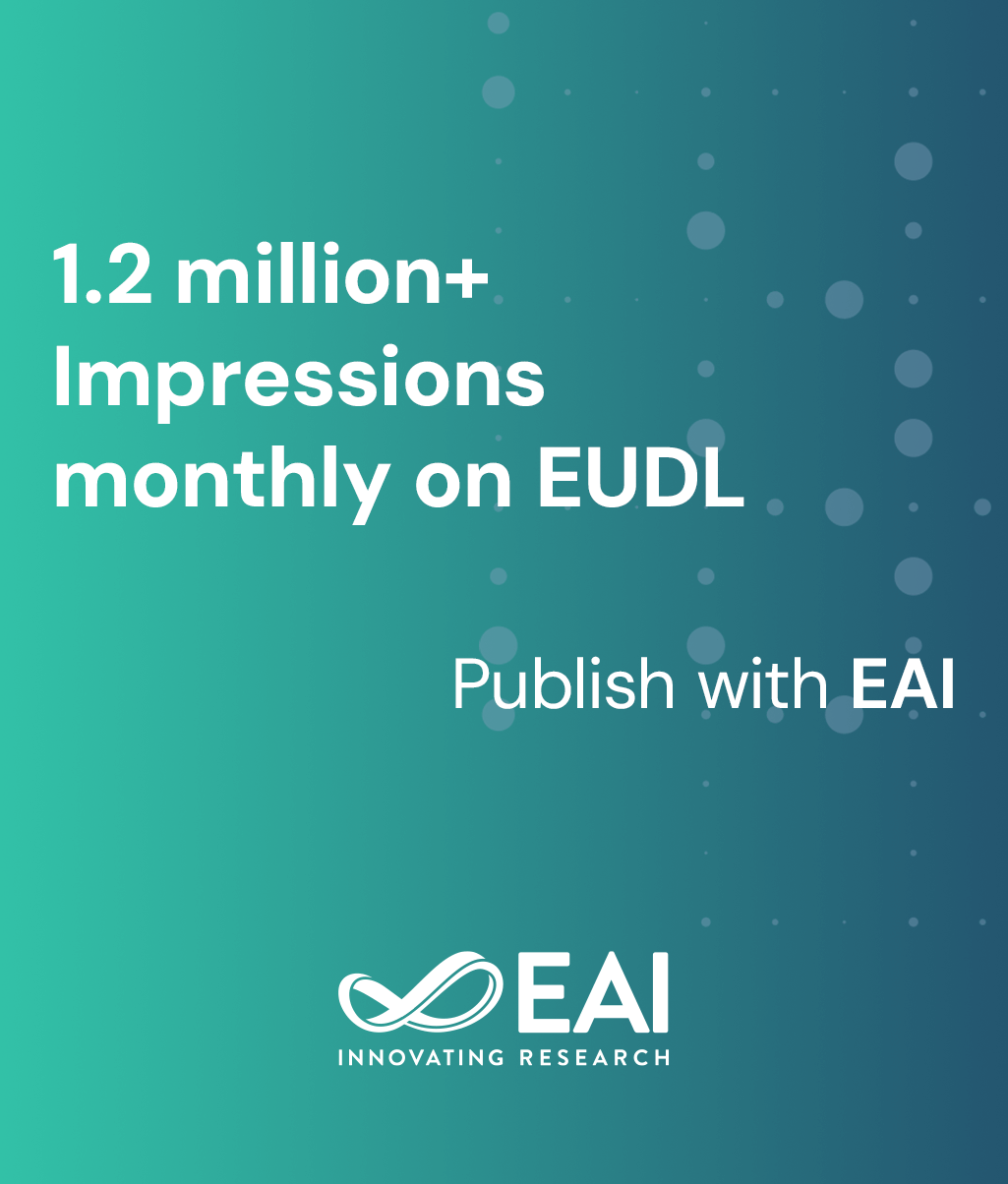
Research Article
Bitcoin Price Prediction Using N-BEATs ML Technique
@ARTICLE{10.4108/eetsis.9006, author={G. Asmat and K. M. Maiyama}, title={Bitcoin Price Prediction Using N-BEATs ML Technique}, journal={EAI Endorsed Transactions on Scalable Information Systems}, volume={12}, number={1}, publisher={EAI}, journal_a={SIS}, year={2025}, month={4}, keywords={Bitcoin, Price Prediction, Machine Learning, Time Series Data, N-BEATS}, doi={10.4108/eetsis.9006} }- G. Asmat
K. M. Maiyama
Year: 2025
Bitcoin Price Prediction Using N-BEATs ML Technique
SIS
EAI
DOI: 10.4108/eetsis.9006
Abstract
Bitcoin is a decentralised digital currency that has been in existence for some time now. Its value has been volatile, with most of its prices fluctuating significantly, making it difficult to predict its prices when investing. This paper employed a Neural Basis Expansion Analysis Time Serie (N-BEATS) deep learning architecture to predict Bitcoin prices. The model was chosen because of its proven capabilities of modelling intricate patterns in time series data. An hourly Bitcoin price data of 729 days collected from Yahoo Finance extensively assesses the N-BEATS model's performance while comparing it with other machine learning models like the Linear Regression and the long-short-term-memory (LSTM) networks. Mean Absolute Error (MAE) and R-squared (R²) were utilised as performance evaluation metrics. N-BEATS surpassed the others by providing an R² score of 0.00240 and an MAE score of 0.9998. These findings are significant and shed light on how deep learning models can be used for financial forecasting. The result shows that the N-BEATS model is more accurate and reliable for predicting cryptocurrencies' prices, which may be very useful for investors in making decisions and managing risks.
Copyright © 2025 G. Asmat et al., licensed to EAI. This is an open access article distributed under the terms of the CC BY-NC-SA 4.0, which permits copying, redistributing, remixing, transformation, and building upon the material in any medium so long as the original work is properly cited.


